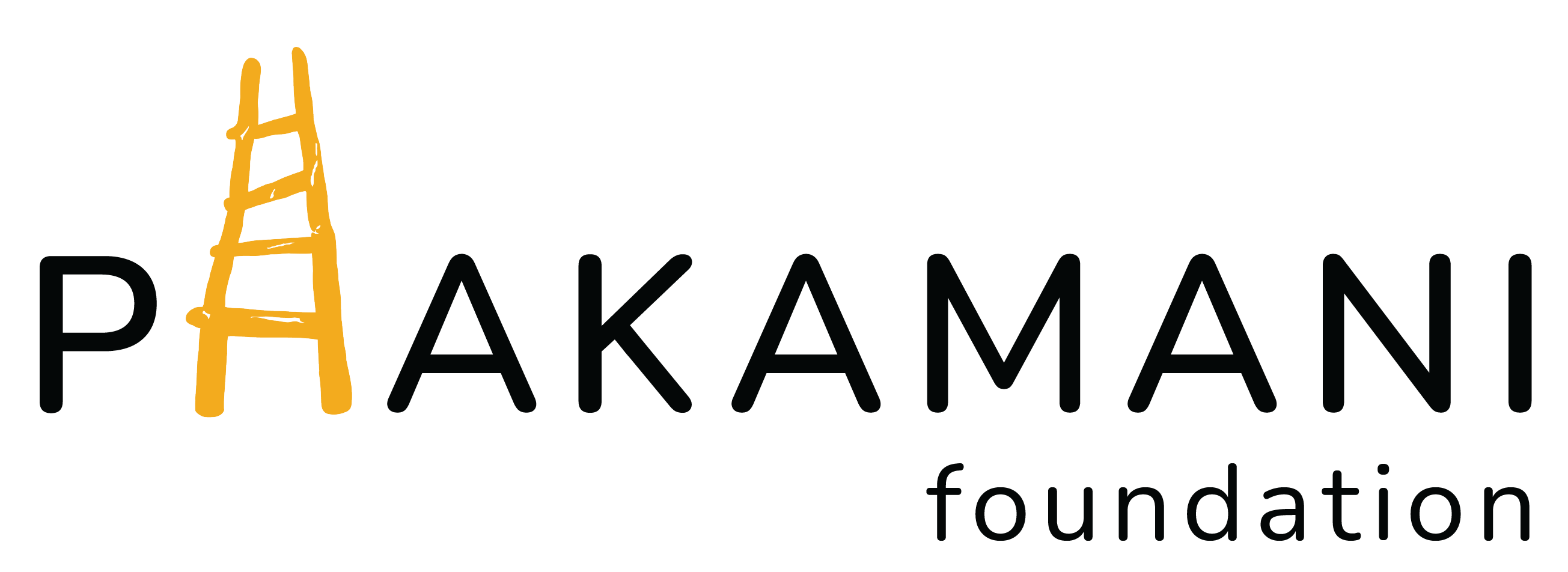MEASURING SUCCESS
Empowering women to change their communities
A Hand Up for Female Entrepreneurs

Our Goal
We want to see each entrepreneur raising her family income, so she is able to spend additional funds on whatever is needed most according to her – from better food, to a patched roof, to a solid front door with a lock.
We are serious about numbers! Sign up for our quarterly newsletters for updates on stats and data.
36
Each month new clients are added while others repay their final loan installment.
675
Most of our entrepreneurs receive multiple loans as they repay and then expand their business operations.
3,046
The size of the loan is determined by financial discipline, commitment to the process and the need demonstrated in their business plan.
R1,5
The loans are repaid time and time again so the total value of all loans issued since 2008 is remarkable.
98
Because of our monthly processes and ongoing support, only a small fraction of our borrowers fails to pay their loans.
64
One of our goals is to be 100% operationally sustainable, and we are making steady progress. Our clients are 100% sustainable at each loan cycle so, if they are careful to make wise choices they would survive and thrive without us.




